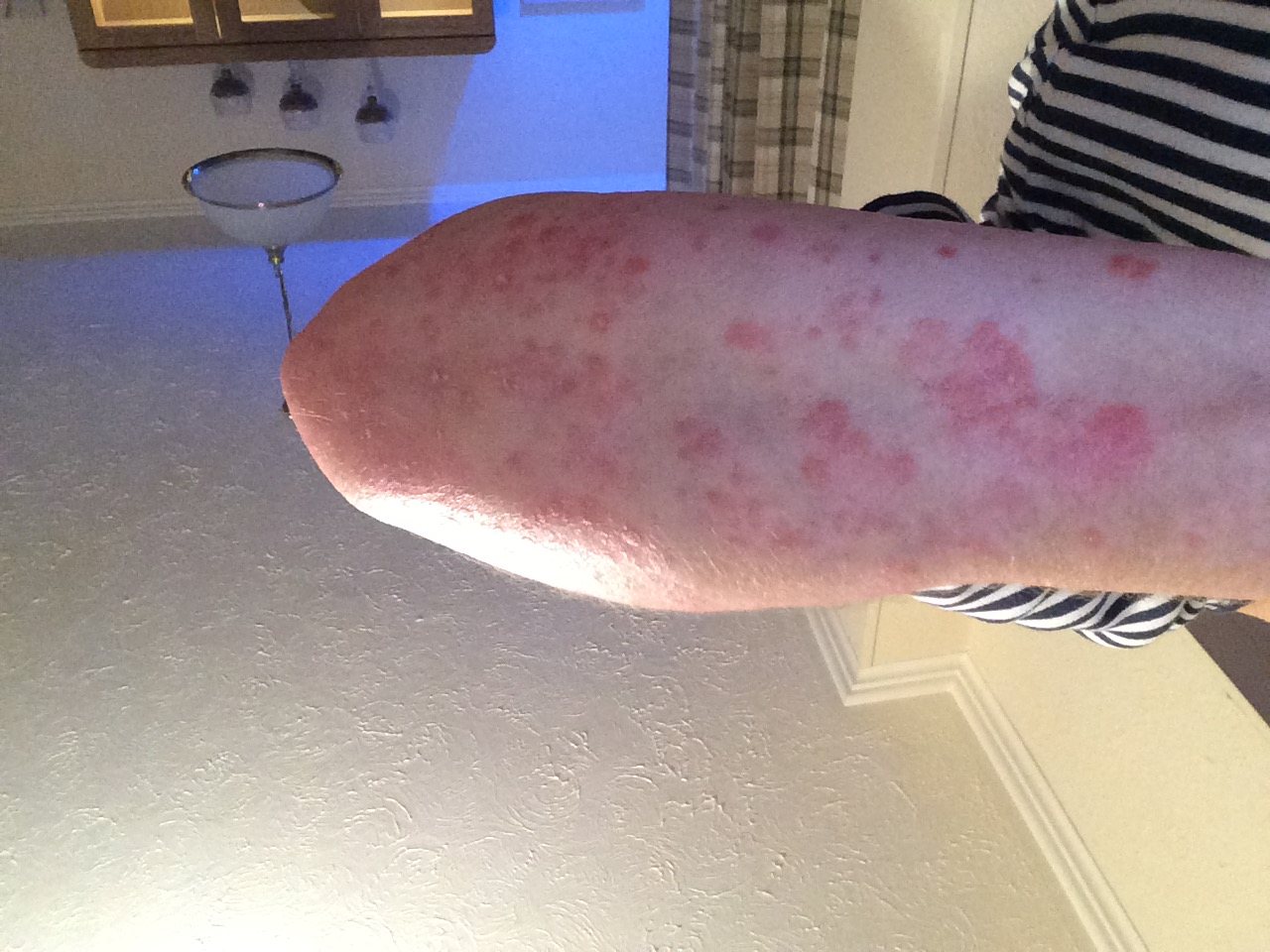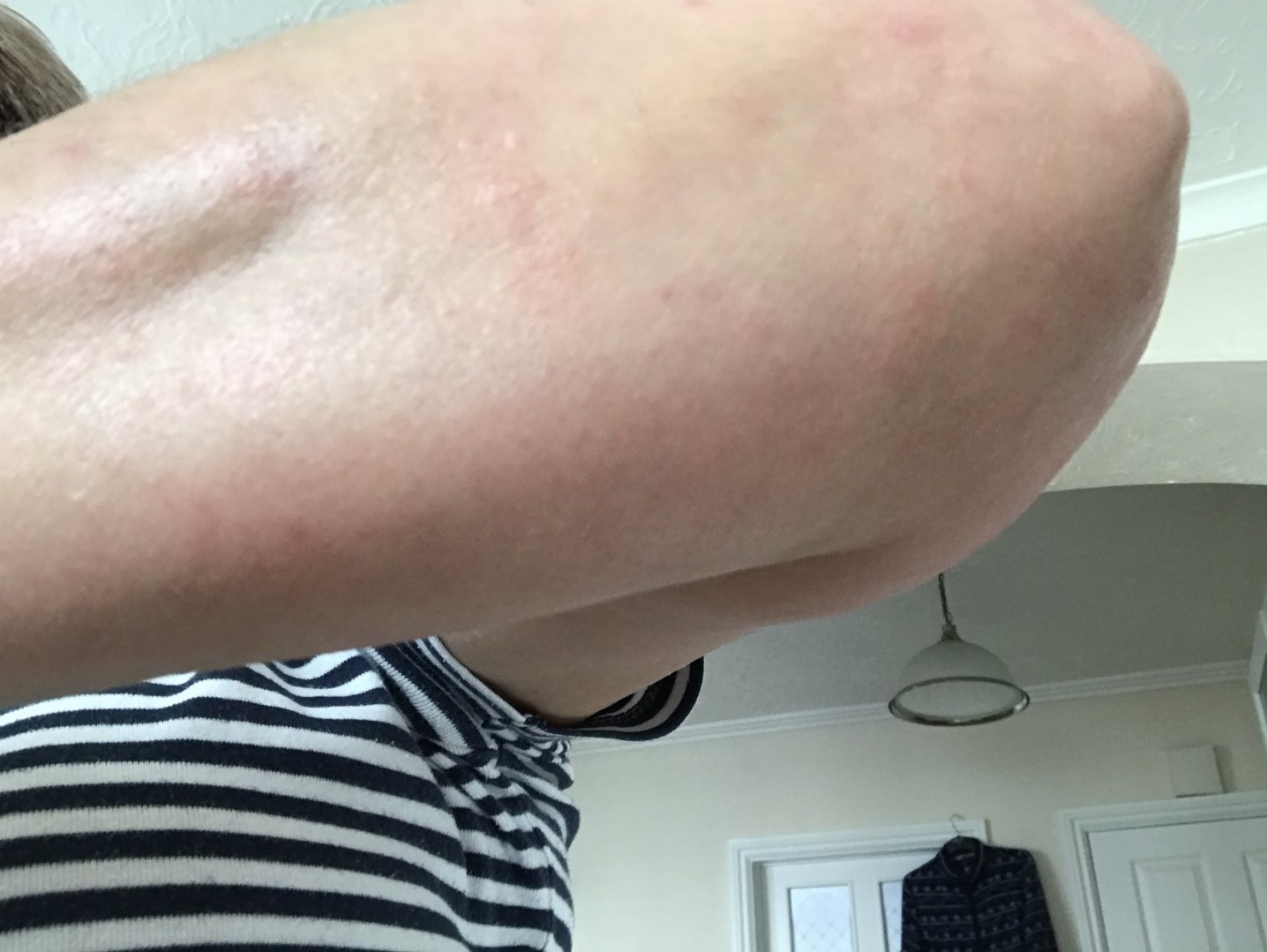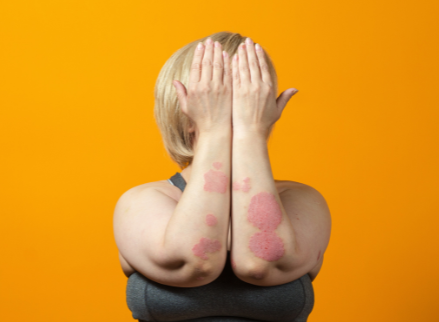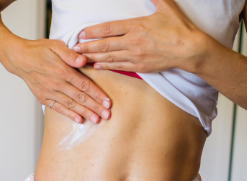- Home
- Forums
- Psoriasis Forum
- Research and useful links - Psoriasis and psoriatic arthritis
- Light Therapy for Psoriasis: What You Need to Know
Patients Psoriasis
Light Therapy for Psoriasis: What You Need to Know
- 35 views
- 0 support
- 2 comments
All comments
![]()
TheBoss
Good advisor
![]()
TheBoss
Last activity on 10/03/2023 at 08:16
Joined in 2017
29 comments posted | 14 in the Psoriasis Forum
Rewards
-
Good Advisor
-
Contributor
-
Explorer
-
Friend
Has anyone tried this for nail psoriasis?
![]()
Chattycat
![]()
Chattycat
Last activity on 13/10/2025 at 05:45
Joined in 2017
2 comments posted | 2 in the Psoriasis Forum
Rewards
-
Committed
-
Explorer
I am using a full length UVB lamp at home, I had a really bad breakout Dec 17 and decided enough was enough! I have had the lamp for around three months now and am amazed at the results, I have guttate and some plaque it’s on my back, front, arms, legs feet etc some small bits came out on my face, I am more or less flake free and am left with smooth red marks in some areas but once I get out in the sun I think that will go too, I am fair skinned and do eight mins two from two back two each side three times a week, side effects: itching and slight burning if going over the time.


Give your opinion
Survey
Survey
Members are also commenting on...
Articles to discover...
Medication fact sheets - patient opinions...
Subscribe
You wish to be notified of new comments
Your subscription has been taken into account









Margarita_k
Good advisor
Margarita_k
Last activity on 07/10/2020 at 11:39
Joined in 2016
1,195 comments posted | 50 in the Psoriasis Forum
2 of their responses were helpful to members
Rewards
Good Advisor
Contributor
Messenger
Committed
Explorer
Evaluator
There is no one-size-fits-all treatment for psoriasis, but there are many ways to manage the condition. Psoriasis medications include topicals that are applied directly to the skin and biologic drugs that target the immune system. Another treatment option that can be highly effective is light therapy.
Psoriasis treatments aim to reduce inflammation and stop skin cells from growing too quickly. Light therapy, also known as phototherapy, involves repeatedly exposing the skin to ultraviolet light in order to slow cell growth.
Psoriasis is often referred to as a “T-cell mediated disease.” That’s because the disease occurs when immune system cells known as T cells “misfire” and attack skin cells, resulting in accelerated skin production.
By “slowing skin turnover, [phototherapy] can decrease the inflammation signals associated with psoriasis,” says Adam Friedman, MD, an associate professor of dermatology and the director of translational research at the George Washington School of Medicine and Health Sciences in Washington, DC.
What Kinds of Light Therapy Are There?
Different forms of light therapy vary according to the type of light exposure and whether it’s combined with medication. Ultraviolet B (UVB) can be delivered as broadband UVB (BB-UVB) or narrowband UVB (NB-UVB). BB-UVB therapy was developed first, but NB-UVB is now more commonly used for its effectiveness and fewer side effects. A benefit of narrowband UVB is that patients are exposed to a more specific and therapeutic wavelength of light. UVB phototherapy is used to treat moderate to severe psoriasis.
For people with more advanced psoriasis, another form of light therapy combines ultraviolet A (UVA) with a psoralen drug (methoxsalen). In this combination therapy, known as PUVA, the patient takes the medication shortly before light treatment to boost the light’s effect on the immune system.
A study published in April 2013 in the American Journal of Clinical Dermatology found that PUVA therapy was most effective among adults with moderate to severe plaque psoriasis. According to the study, between 60 and 75 percent of patients overall who received some type of light therapy achieved at least 75 percent improvement in their condition. The results were based on the Psoriasis Area and Severity Index, an assessment tool used to score a person’s condition according to disease progression.
PUVA isn’t without side effects, however, including a heightened risk of skin cancer, severe burn, and nausea.
How Many Light Therapy Sessions Are Needed?
One of the keys — and challenges — to light therapy is that it has to be done consistently, whether it’s at a doctor’s office, a clinic, or at home. “For [NB-UVB] to be effective, for example, patients must come in two to three times per week, which can be onerous,” says Dr. Friedman.
Studies, including one in the American Journal of Clinical Dermatology, suggest that using a device known as an excimer laser to administer light therapy can cut down on how many sessions are needed. Laser therapy delivers highly targeted beams of ultraviolet light to specific areas of affected skin. That means higher doses can be safely administered without affecting the surrounding skin.
What Are the Side Effects of Light Therapy?
As compared with other treatment options, light therapy poses fewer side-effects risks. “Most people do not experience side effects when they are treated with phototherapy,” says Shari Lipner, MD, PhD, an assistant professor of dermatology at Weill Cornell Medicine in New York City. “The most common side effect is a mild sunburn reaction, and this is more likely to occur if the person is taking a medication that causes sun sensitivity.”
Before receiving light therapy, patients should tell their doctor about any drugs they’re taking. The treatment also may not be an option for people who should avoid sunlight exposure, such as those with lupus.
Source: everydayhealth.com
______________________________
Discussion related to light therapy: https://www.carenity.co.uk/forum/other-discussions/your-opinion-on-psoriasis-treatments/ultraviolet-light-therapy-1602